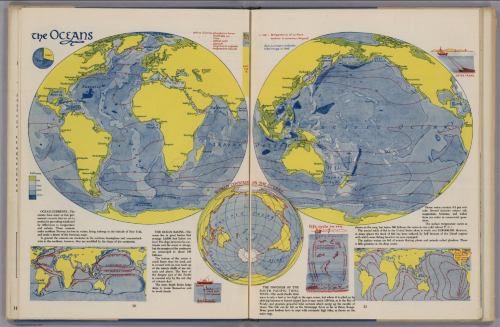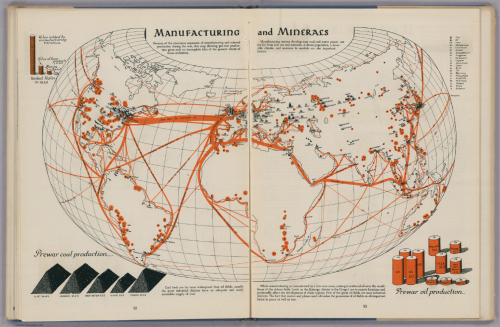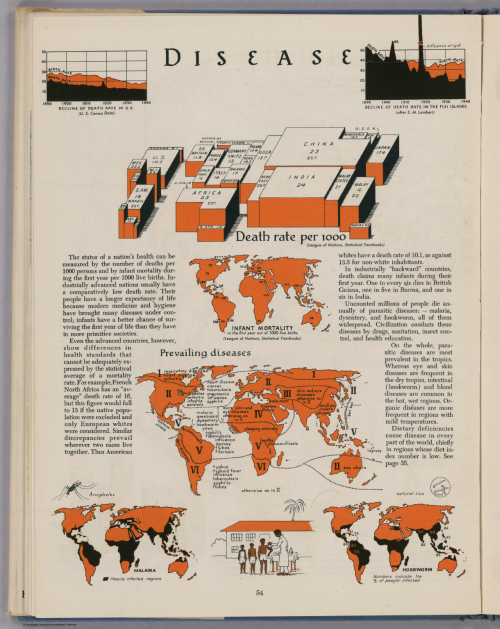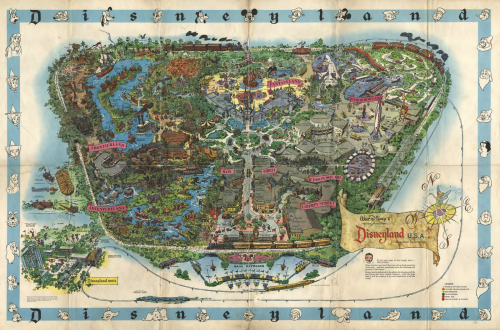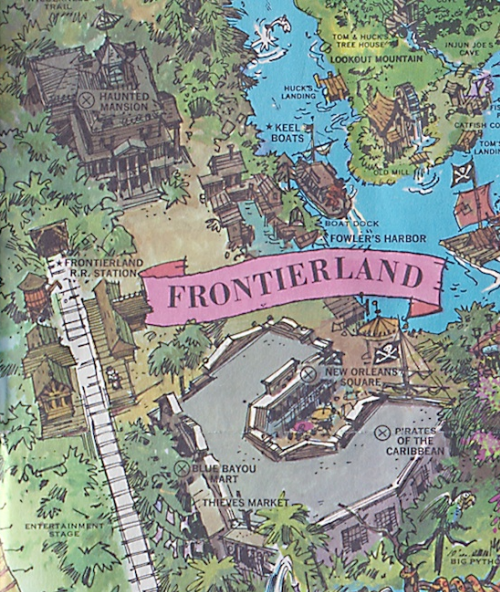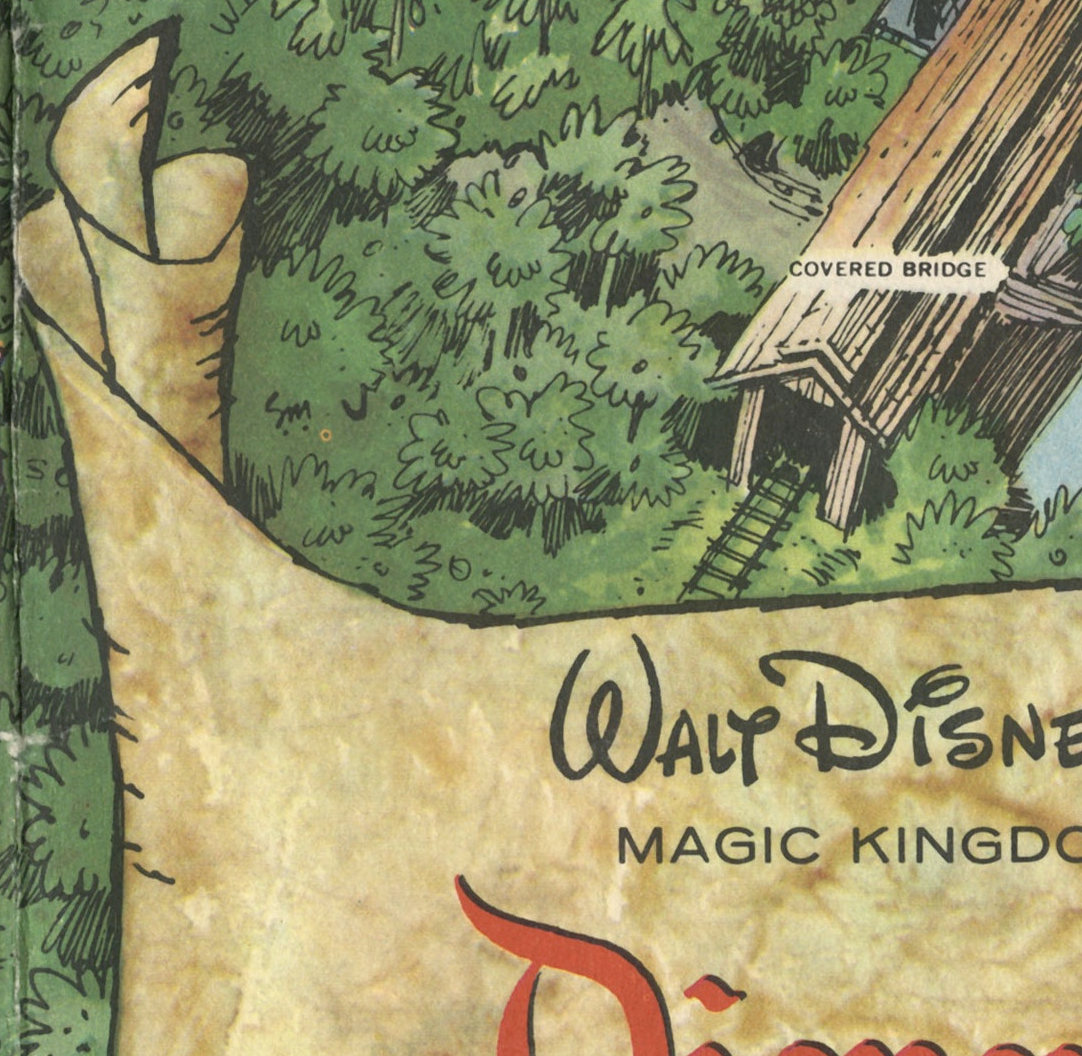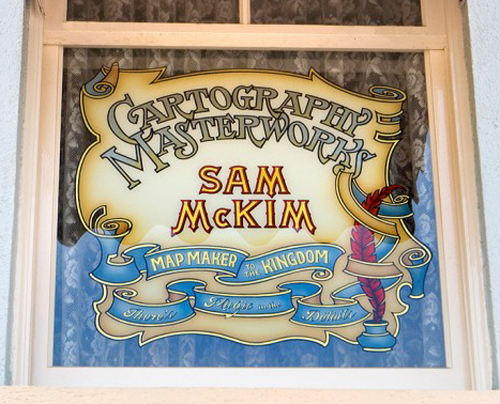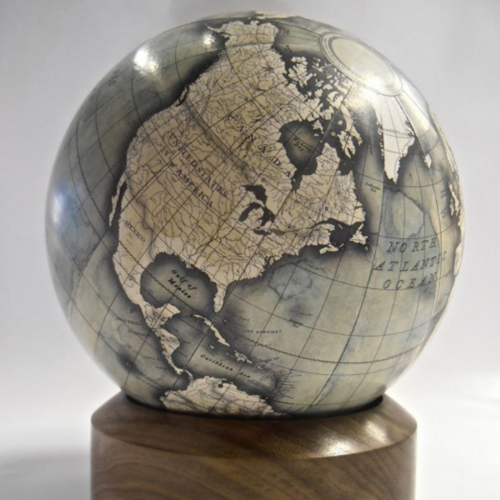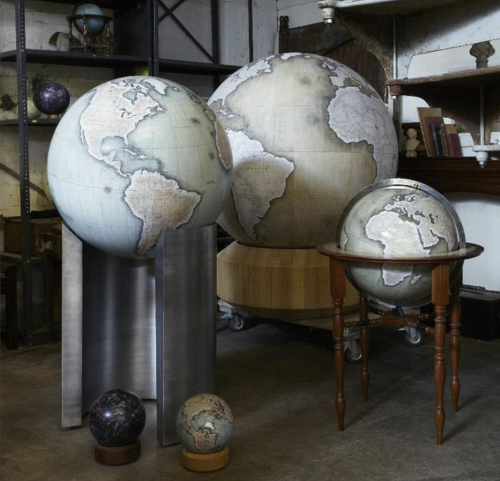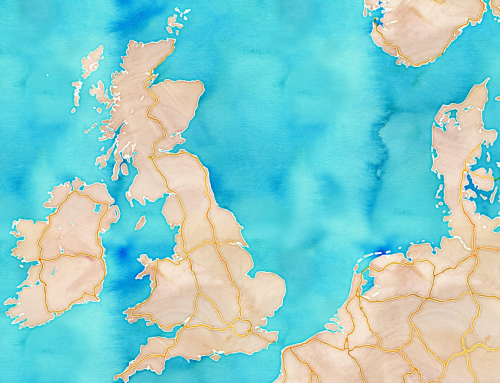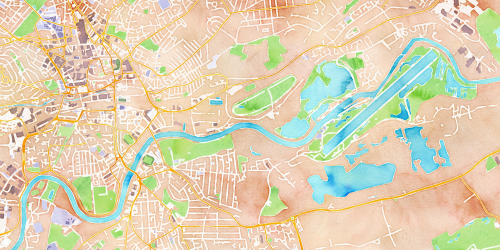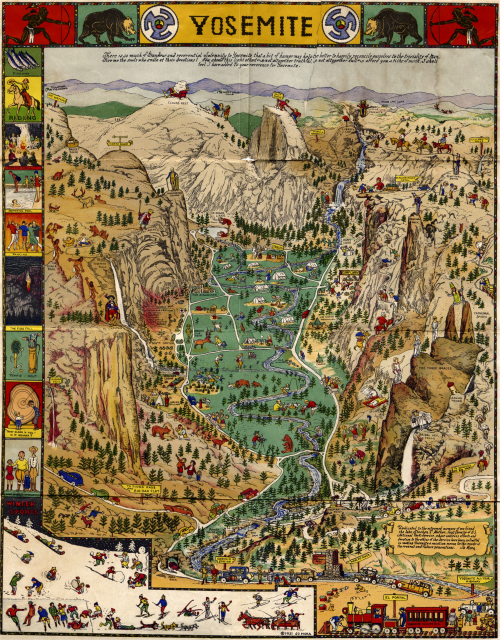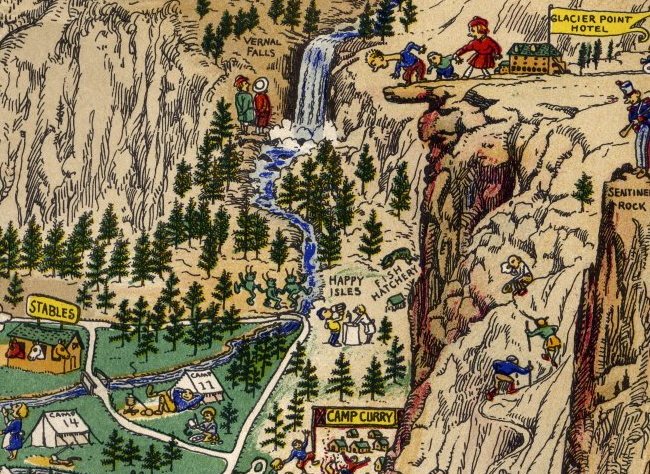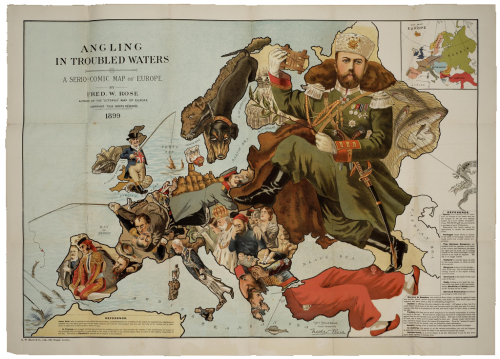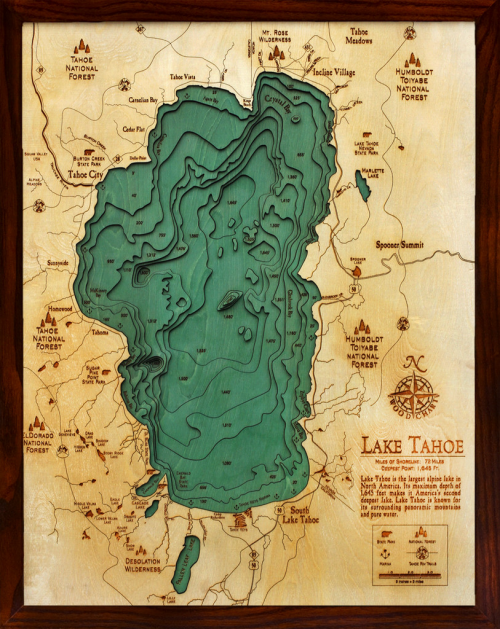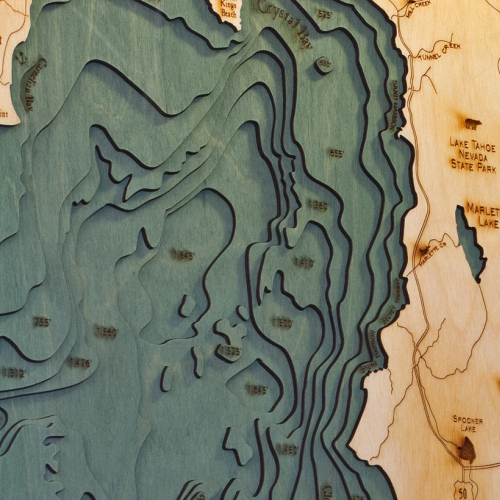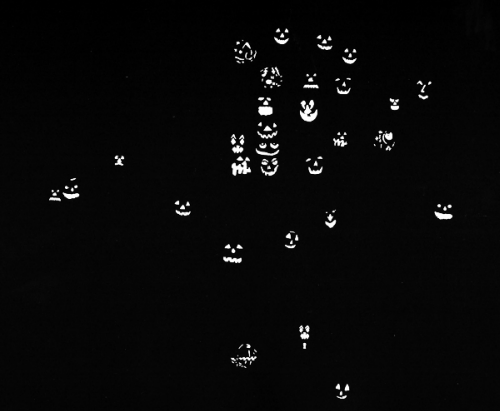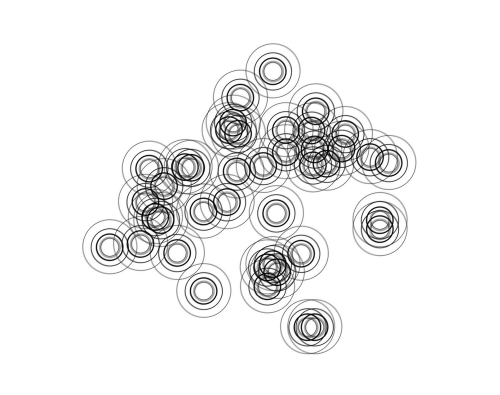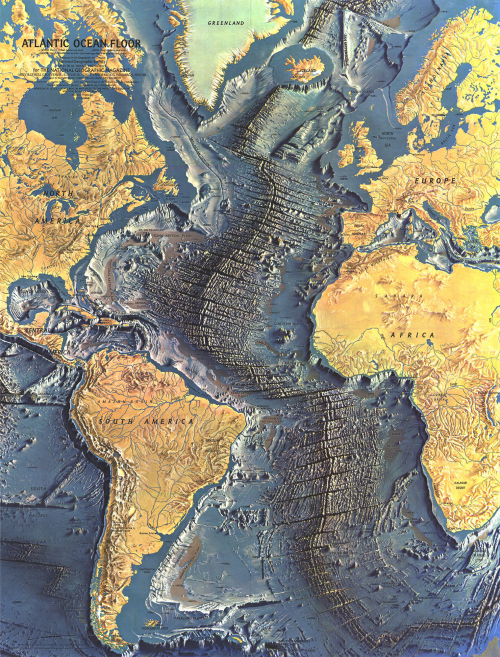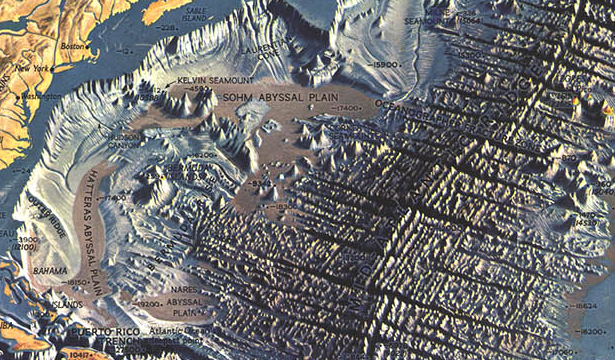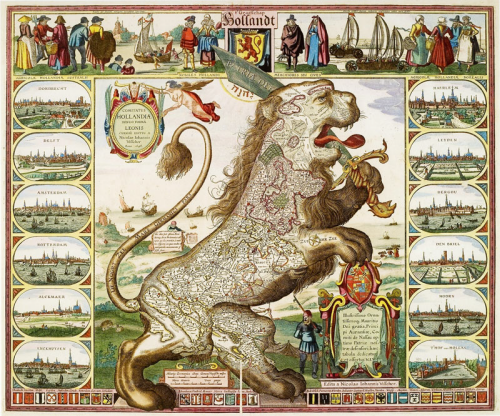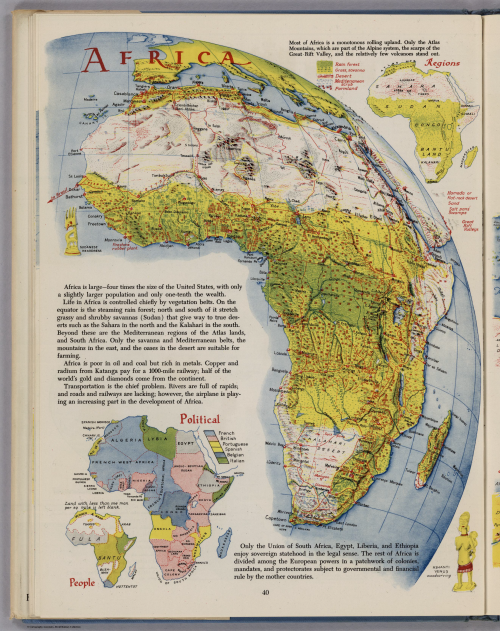 One of the twentieth centuries foremost cartographers, Erwin Raisz was born in Hungary but emigrated to the US in 1923 and spent much of his professional career teaching cartography and curating the map collection at Harvard University. He was a prolific map-maker who produced thousands of maps comprising mainly of landform drawings. His style supported the easy interpretation of landform features “combining a scientist’s fascination with geomorphology with an artist’s drawing ability”
One of the twentieth centuries foremost cartographers, Erwin Raisz was born in Hungary but emigrated to the US in 1923 and spent much of his professional career teaching cartography and curating the map collection at Harvard University. He was a prolific map-maker who produced thousands of maps comprising mainly of landform drawings. His style supported the easy interpretation of landform features “combining a scientist’s fascination with geomorphology with an artist’s drawing ability”
Rasiz’s maps were accurate, elegant and brought considerable aesthetic appeal to the depiction of the physical world in map form. His style was unique and his work was almost entirely pen and ink. More than his landform maps, Raisz published a seminal text on ‘General Cartography’ and introduced block-pile maps, created the orthoapsidal projection and value-by-area cartograms. His 1944 atlas showcased many of these techniques in a beautiful work. Each page of the atlas is a piece of art in its own right and shows how a cartographer should work in treating each theme as a unique challenge. While an atlas should be consistent, the consistency here comes in the quality and the variation of technique applied perfectly to each theme. The pages all look different yet they match in style and encourage exploration as each turn of the page brings a new visual delight.
The limits in colour printing meant the colour palette was at first glance very restrictive. However, this leads to a more consistent appearance with the same colours used across all maps and the thematic maps being predominantly two-colour. Such limitations also give the cartographer a strict set of constraints that focuses their design to optimize the pallete at their disposal. In short – technical constraints often bring out better work because quite simply it forces the cartographer to think and think inventively to take advantage.
Raisz spent much of his life educating people in the art and craft of cartography. In later life he experimented with the use of aerial photography in cartography but was skeptical about the use of computers to produce maps. His views were based on an impression that computers would remove the realism that a cartographer can bring to their work and that maps could end up being produced by technicians with little interest in geography or cartography.
Raisz died in 1968. Nearly 50 years on one could be forgiven for thinking he may have had a point but we can reflect on his work as a way to inform new work and bring some of his flair and technique to new map-making endeavors.
You can explore some of Raisz;s work here and also see high resolution zoomable version of pages of this atlas on David Rumsey’s site here.

